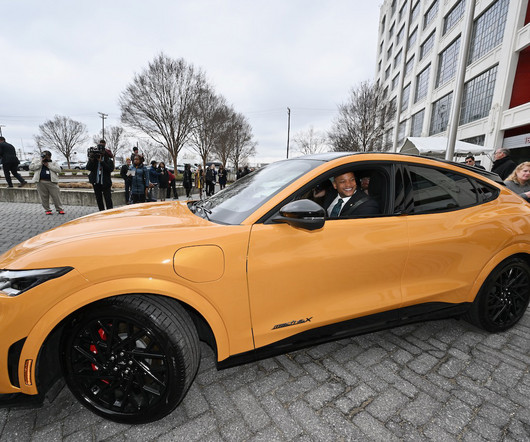Small-displacement two-stroke H2 engine could address performance and emissions cost-effectively for recreational market; potential for Asian motor vehicle fleet
Green Car Congress
SEPTEMBER 26, 2012
Comparison of brake thermal efficiency and specific fuel consumption at rated power (ICOMIA Mode 5), hydrogen vs. gasoline engines. It, or a scaled-up version, could also provide a solution for the Asian motor vehicle fleet, in which two-stroke engine vehicles constitute a major share—and contribute significantly to air pollution.

















Let's personalize your content